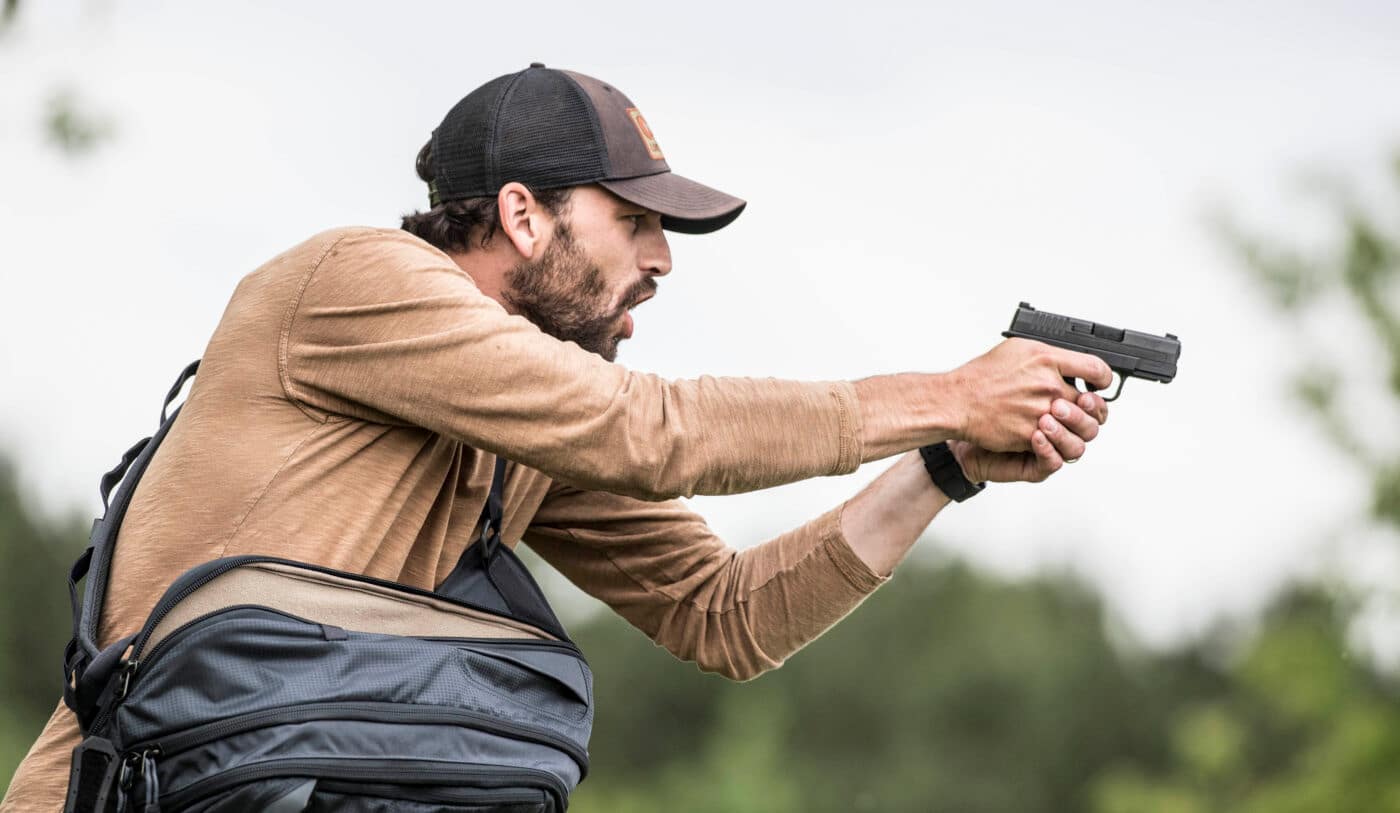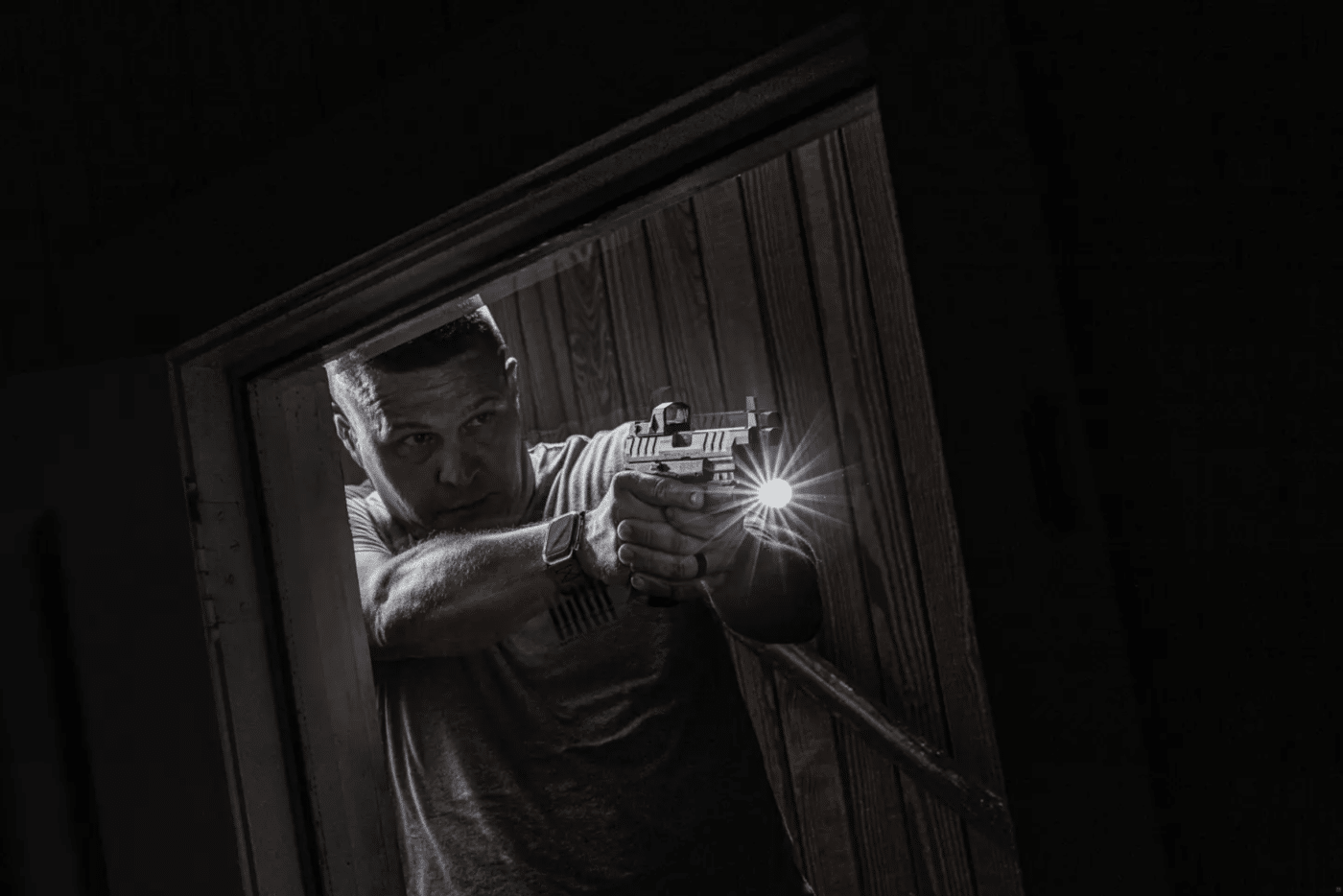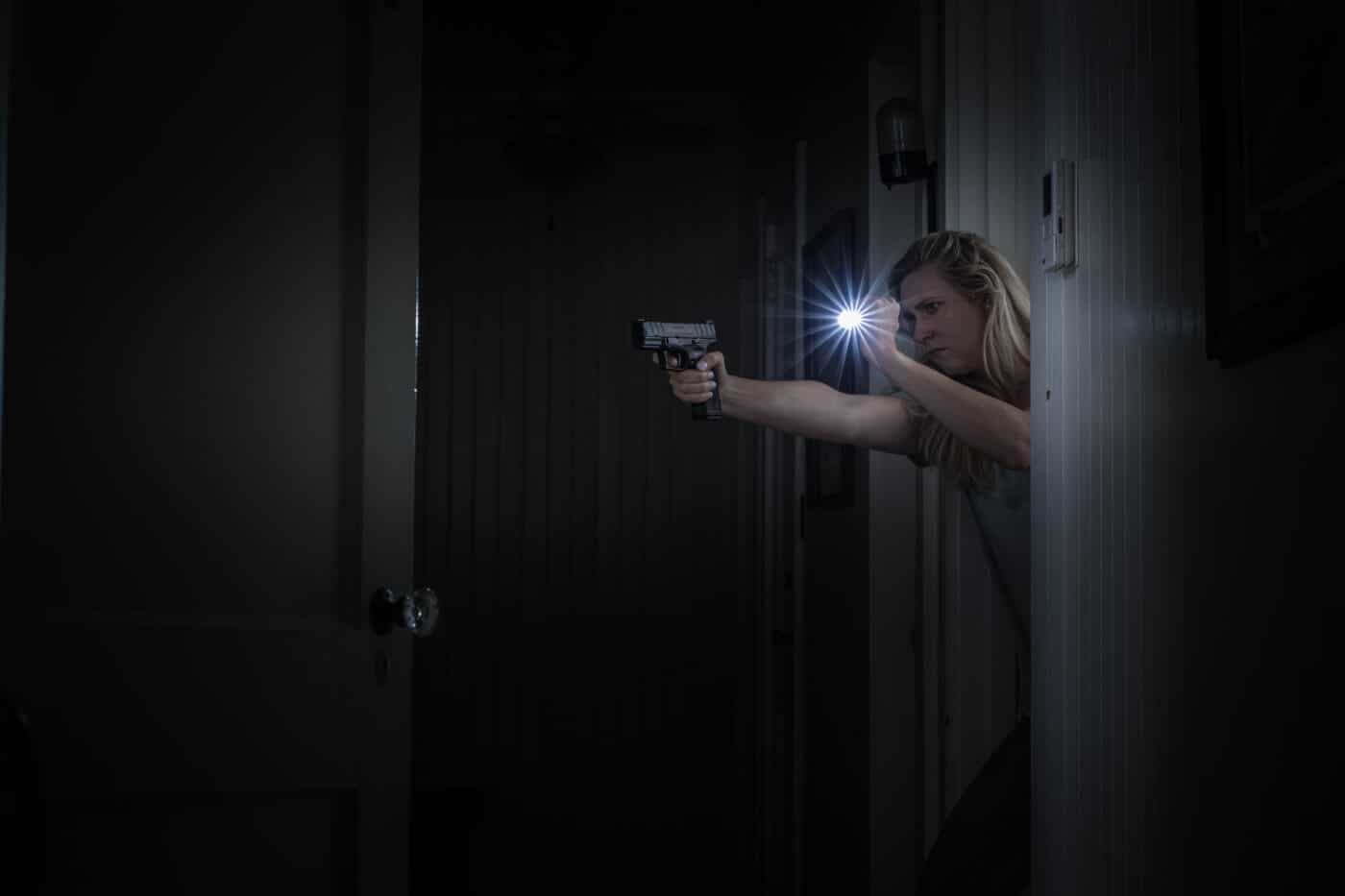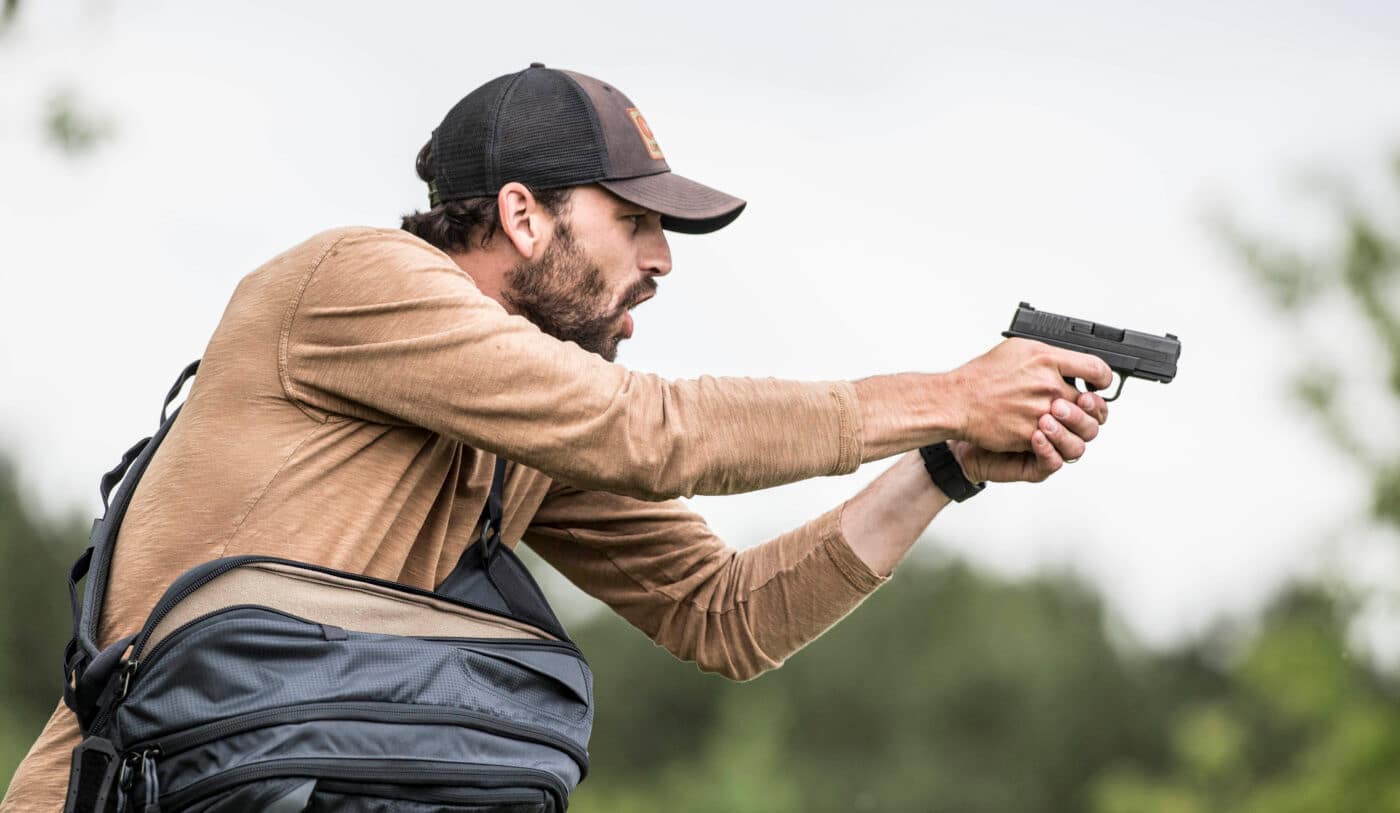By Mike Boyle
self defense tips to know
Areadily apparent trend in the last 18 months is the dramatic increase in the purchase of firearms by citizens. Millions of firearms of all types have been purchased, creating an unprecedented demand in the industry.

Many of these firearms have gone to first-time buyers who have serious concerns about self-defense and the defense of their families. Not only have many of these firearms been purchased to defend hearth and home, but many people have taken advantage of the right to conceal carry a gun, with it becoming part of their everyday routine.
Your Responsibilities
Owning and carrying a firearm carries a great deal of responsibility and personal reflection. Before taking this step, one needs to ask themselves are they capable of taking another human life to protect their own or that of loved ones. Contrary to some widely held opinions, this is not an easy threshold to cross.

Discharge of a firearm in defense of life demands your actions be consistent with the law. Deviations are guaranteed to have dire consequences including financial ruin and/or incarceration, despite your best intentions.
The laws involving use of force by citizens vary a great deal from state to state, and what may be legal in one jurisdiction may land you in a great deal of hot water in another. Some states have retreat requirements while others have stand your ground or castle doctrine laws in place.
Along similar lines, many states have a mandatory training requirement which could include a legal briefing or even a proficiency requirement before you can carry a gun. In Constitutional Carry states, any adult who can legally own a gun may carry it without government permission or any training whatsoever.
Prudent Decisions for self defense tips to know
As a career law enforcement trainer, I remain an advocate for getting your ducks in a row, regardless of whether it is required by the law or not. This includes getting some professional instruction in the use of your firearm as well as getting a handle on the laws relative to the use of force in the jurisdiction where you reside. Anything less will leave you at a serious deficit in time of need.

While it is impossible for me to give you the complete picture, my hope is to provide you with some very general concepts that ring true across the board. Although we trouble ourselves over the smallest details relative to hardware or technique, I find that many people who have taken up the gun are really clueless when it comes to meeting and understanding the legal requirements relative to the use of force. For example, the fact that you live in a stand your ground state does not give you a perpetual green light in every confrontational situation.
Proper Terms
Before we move on, it’s important we understand some of the terminology used in describing the use of force. Deadly force is defined as the amount of force used that is likely to cause death or serious bodily injury. Clearly, firing a gun at another human being is deadly force.

Serious bodily injury is a physical condition that creates a substantial risk of death, serious disfigurement, or the protracted loss or impairment of the function of any bodily member or organ. Tuning somebody up with a baseball bat certainly could result in serious bodily injury. A punch to the face will certainly hurt quite a bit and may result in some temporary disfigurement, but it does not qualify as serious bodily injury.
Generally speaking, the use of deadly force is justified to terminate the imminent threat of death or serious bodily injury how to k Again, some states may have a more liberal standard for intruders in the home and it’s your responsibility to know the
The use of deadly force against persons engaged in property crimes is universally considered to be unlawful. To defend your application of deadly force, you need to be able to articulate the totality of circumstances that led you to believe the assailant had ability, opportunity and intent to inflict death or serious bodily harm on you.
To put this in a clearer perspective, I believe three elements must be met before you can use deadly force. These elements include the following:
self defense tips to know
Ability: The means to inflict death or serious bodily harm. Without question, a firearm of any type qualifies as ability. Knives, bludgeons, and all sorts of improvised weapons equate to ability. But it’s important to understand that ability is not limited to weapons. Getting attacked by multiple assailants who have pushed you to the ground and are now delivering hard kicks to the chest, neck and head could result in your untimely demise and potentially represent ability. A 200-lb. guy pummeling a little old lady for her grocery money would also make the cut in my mind, as would an assailant with some serious martial arts ability who continues to press the attack.

A handheld flashlight can make the difference between a justified use of self-defense and the unlawful use of force.
Opportunity: This means the offender is in a position to bring destructive power to bear. A threat with a firearm could extend a great distance from an intended victim. On the flip side, a person shouting threats holding a machete 100 feet away from the other side of the parking lot does not constitute opportunity. Should that person begin to quickly close the distance, the game has changed.
Jeopardy: This has to do with the person’s intent. A person may in fact be holding a weapon or potential weapon and be in fairly close proximity, and yet not an imminent threat. What are they doing and what does their body language tell you? Throughout my law enforcement career, encountering ability and opportunity was hardly unusual. What was lacking was jeopardy, which can be subtle or overt.
Someone raising a gun to shoot or running toward you with an edged weapon clearly qualifies as jeopardy. But in real life, things aren’t so clear. To satisfy the jeopardy, I believe you must be able to explain why you felt the attack was imminent. A threat to visit violence upon you at some later point in time would not appear to constitute jeopardy. If the elements of ability, opportunity and jeopardy are not present, the application of deadly force would likely not be justified.

Shoot or drive away? If you can hit the gas and exit the kill zone, so much the better.
In my discussions on deadly force, I like to factor in a fourth element. Preclusion. This might be defined as the act of preventing something from happening. Before resorting to deadly force, consider other options you can take which may include fleeing the scene or using another, lower-force option (providing it would lead to safe control). I recognize that your back may be up against the proverbial wall and the only way out is to utilize deadly force, but if those other options are viable, they should be taken. For the responsible citizen, avoidance of conflict should be the guiding concept.
Conclusion
I urge you to take this message to heart. This in no way serves as legal advice. However, it’s just as important for you to be intimately familiar with the law as getting squared away with your gear, shooting technique and tactics. There is an awful lot of good information out there for the taking, but if you can get yourself to some sort of class or seminar on this topic where you can ask a professional some questions on this topic, so much the better. Stay safe.
Editor’s Note: Please be sure to check out The Armory Life Forum, where you can comment about our daily articles, as well as just talk guns and gear. Click the “Go To Forum Thread” link below to jump in and discuss this article and much more!

